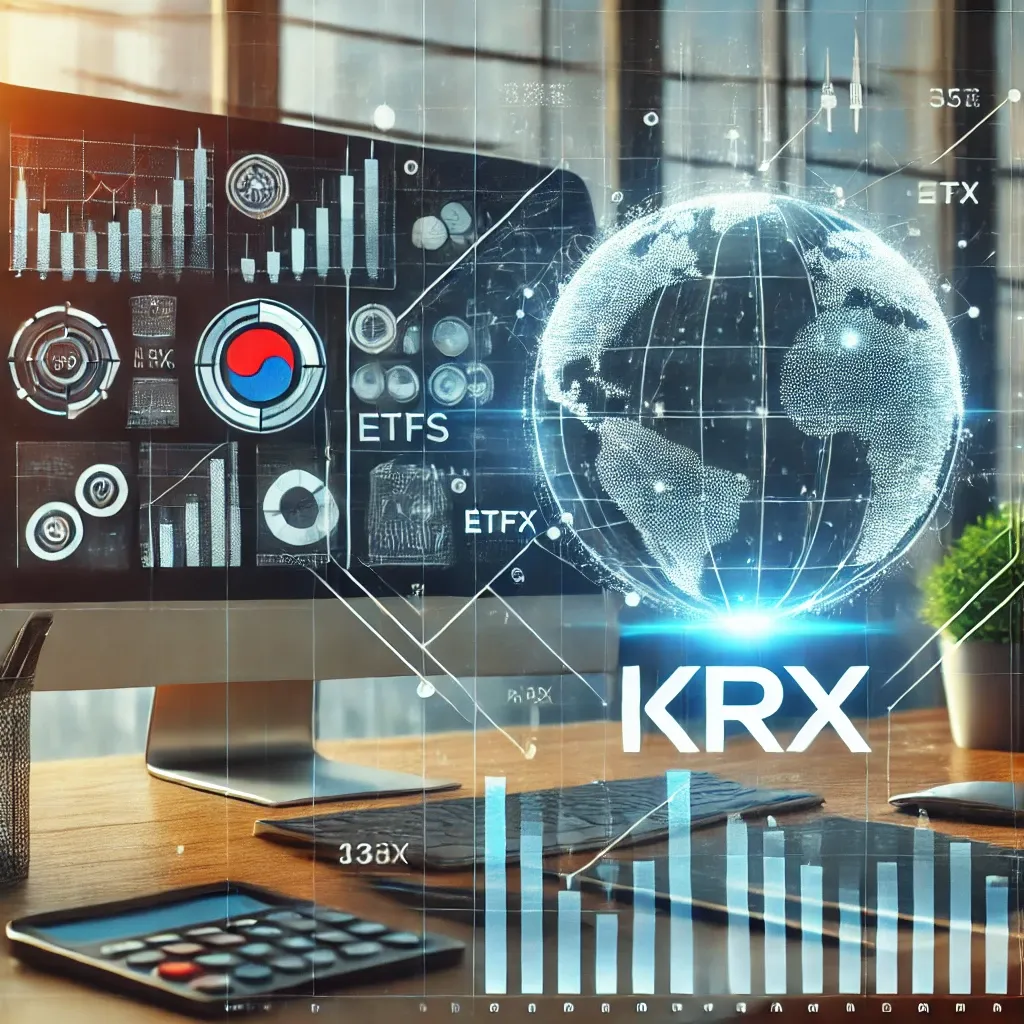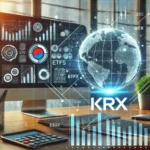Wondering how to get started with Korea Exchange investment? Discover the basics of KRX ETFs, tax considerations, and effective investment methods to optimize your returns. Ready to explore?
Introduction to Korea Exchange Investment
The Korea Exchange (KRX) serves as South Korea’s primary securities exchange, providing a platform for buying and selling various financial products. If you’re looking to expand your investment portfolio, understanding how to navigate KRX’s market can be key to unlocking new opportunities.
The KRX is home to a wide range of investment options, including stocks, bonds, ETFs (Exchange-Traded Funds), and gold transactions. Whether you’re new to investing or seeking advanced strategies, this guide will cover the fundamentals, highlight the benefits of ETFs, and address the tax implications associated with Korea Exchange investments.
Let’s break down the primary aspects of Korea Exchange investment:
1. Korea Exchange Investment Basics
Investing through the Korea Exchange involves understanding various securities that are publicly listed, which can include South Korean companies across diverse sectors. When considering KRX investments, investors can buy and sell these securities through brokers or via online trading platforms.
Some of the key features of Korea Exchange investments include:
-
Stock Trading The KRX is known for offering a wide selection of stocks. Investors can focus on large-cap companies or explore smaller firms with growth potential.
-
Bonds Government and corporate bonds provide an alternative to stocks, offering stability and fixed returns.
-
ETFs These funds allow you to diversify your investment in a specific sector or the entire stock market through a single purchase.
-
Gold Investment options also extend to precious metals like gold, with KRX offering specific services around trading gold.
2. KRX ETFs and Their Benefits
Exchange-Traded Funds (ETFs) are one of the most popular investment vehicles on the Korea Exchange. ETFs combine the diversification of mutual funds with the flexibility of stock trading, making them an attractive option for both seasoned investors and beginners.
Here are the main benefits of investing in KRX ETFs:
-
Diversification ETFs typically hold a variety of assets, reducing the risks associated with individual stocks or bonds.
-
Liquidity ETFs are traded on the exchange just like stocks, making them easy to buy and sell during market hours.
-
Low Costs ETFs generally have lower management fees compared to mutual funds, making them cost-effective.
-
Flexibility Investors can buy and sell ETFs at any time, allowing for quick adjustments to their portfolios.
3. Understanding Korea Exchange Tax Tax Implications
Taxation is a crucial factor to consider when investing in the Korea Exchange. Depending on your investment strategy, understanding the tax landscape will help you make informed decisions that maximize returns and avoid costly mistakes.
Key tax considerations include:
-
Capital Gains Tax Profits earned from the sale of securities on the KRX are subject to capital gains tax, though this can vary depending on the investment type.
-
Dividend Tax Dividends from KRX-listed companies may also be taxed. These rates can differ based on your tax residency status.
-
Taxation of ETFs While ETFs are taxed similarly to individual stocks, certain tax exemptions or incentives may apply, making it crucial to stay informed about local regulations.
Investors should consult tax professionals to understand their obligations and explore any potential benefits or exemptions available to them based on their investment activities.
How to Invest in Korea Exchange
If you’re ready to dive into Korea Exchange investment, here are a few steps to guide you:
1. Select a Broker or Trading Platform
The first step in investing through the KRX is to choose a reputable broker or trading platform. South Korean brokers offer direct access to the exchange, allowing for easy buying and selling of stocks, ETFs, and other securities.
2. Research Investment Options
Before you start investing, it’s essential to research the available options. Familiarize yourself with the most popular ETFs, stocks, and bonds listed on the KRX. Look for market trends, historical performance, and expert insights to make informed decisions.
3. Open a Trading Account
Once you’ve selected a broker, you’ll need to open a trading account. This process typically involves providing identification and financial information to comply with local regulations.
4. Fund Your Account
Deposit funds into your trading account. You can transfer money from your bank account or use other payment methods available through your broker. This will allow you to start making investments on the KRX.
5. Monitor and Manage Your Portfolio
Once you’ve made your initial investments, it’s important to monitor your portfolio regularly. Keep track of market changes, company performances, and global economic trends that may impact your investments.
Conclusion
Investing in the Korea Exchange offers exciting opportunities for diversification, exposure to the South Korean market, and the chance to capitalize on ETFs, stocks, bonds, and even gold transactions. Understanding the basics, exploring the advantages of ETFs, and being aware of tax implications can help you navigate the investment landscape with confidence.
By following a structured approach to Korea Exchange investment, conducting thorough research, and staying informed about market trends and tax regulations, you can increase your chances of success in this dynamic financial market. Whether you’re an experienced investor or just starting, the KRX provides numerous opportunities to expand your portfolio and build wealth over time.
Are you ready to take the next step and begin your investment journey with the Korea Exchange?






